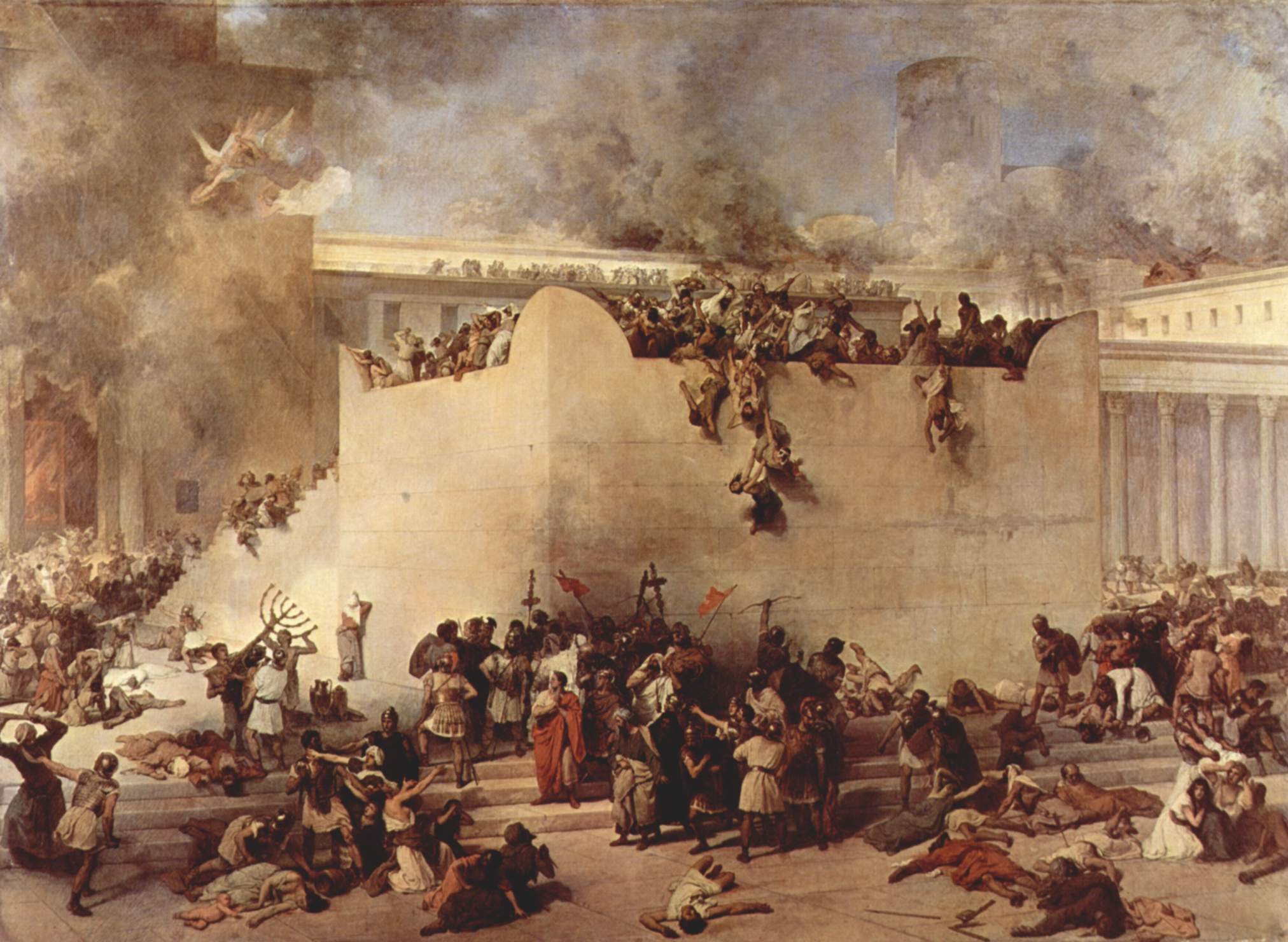Menu


Part one of this blog was posted two weeks ago on June 26, 2017. In that blog I wrote that scholars who study ancient history use two different criteria to test the validity of ancient literary work. The first test involves considering the number of hand-written manuscripts for each particular literary work. The greater the number of manuscripts would indicate a greater accuracy of the writings in question. The New Testament alone has more manuscripts than the best ten pieces of classical literature combined.
The second test determines the time span between the writing of the original manuscript by the original author and comparing it to the oldest copy that we have in our possession today. Scholars who study ancient writings operate on the principle that the shorter that time gap, the more accurate the manuscript. For instance, if I wrote something in 100 A.D., and the oldest copy that we have available today was copied in 500 A.D., that would be a four-hundred-year time gap.
Now let’s go back to the four examples I used in the previous blog.
Plato. Plato lived between the years 427 and 347 B.C. He probably did most of his writing in the last twenty years of his life. The oldest copied manuscript we have in our hands today was copied in 900 A.D. So we have a 1,200-year gap between the original work of Plato and the oldest copies we have in our possession today.
Aristotle lived between 384 and 322 B.C. The oldest copied manuscripts we have in our possession today were copied in 1100 A.D. A 1,400-hundred year gap between the original work and the oldest copies we have available today.
Homer, who was clearly the most widely read author in antiquity, wrote The Iliad in around 900 B.C. The oldest copy we have in our possession today was copied in 400 B.C. We only have a 500-year time gap there.
So we have Plato, a 1,200-year gap; Aristotle, 1,400 years; and Homer, 500 years. Now, the twenty-seven books of the New Testament were written between 40 A.D. and 100 A.D.
They weren’t all written at the same time, and it is natural to ask how we know this. How do we know the actual dates of when the New Testament books were written?
There are a number of ways actually. The early Church father, Clement of Rome, for instance, a well-regarded historian, wrote a letter to the Corinthian church dated 95 A.D. In this letter he quotes verses from the four Gospels—from the book of Acts, the book of Romans, I Corinthians, Ephesians, Titus, Hebrews, and 1 Peter. There are several of these types of letters indicating that the entire New Testament was written in the first century A.D.
However, probably one of the most significant historical events in the first century A.D. that helps date the writing of the New Testament is the destruction of the temple in Jerusalem.
In 70 A.D., there was a historic war between the Romans and the Jews. It lasted for a number of years and culminated with the Roman army attacking Jerusalem. It was a historic war because over a million people died in the siege of Jerusalem. And Rome prevailed, completely destroying the city. They also completely demolished the temple. Josephus called it the greatest war of all time. In fact, historians will tell you it was an unprecedented national, human, economic, and religious tragedy. And Jesus predicted it. But the destruction of Jerusalem is never mentioned in the New Testament. In fact, the New Testament speaks of Jerusalem, the temple, and the activities associated with them still intact at the time of the writing.
Consider this example. If you were to read a book about the great buildings of the world and, in this book there is a discussion of the World Trade towers in New York City, which ends with these words, “These two buildings are clearly the most economically productive structures in the world today.” Once you read that line, you would know that it was written prior to September 11, 2001. And that is precisely why so many scholars believe the entire New Testament was written before 70 A.D., because in the books of the New Testament, Jerusalem and the temple are still intact.
Some liberal scholars think the New Testament wasn’t written until hundreds of years after Jesus. However the oldest copy of the New Testament in our possession today is called the Rylands Papyrus, also known as the St. John’s fragment. This manuscript comprises a major part of the book of John copied in 130 A.D. And, furthermore, we have an entire copy of the New Testament which was copied in 325 A.D.
So using 70 A.D. as the completion date of the New Testament and the Rylands Papyrus having been copied in 130 A.D., we have a sixty-year gap. A sixty-year gap!
This sixty-year time gap between the original writings and the oldest manuscript copies we have in our possession today has led many of the most prominent scholars to make comments such as this one by the noted historian and lawyer, John Warwick Montgomery,
. . . to be skeptical of the resultant text of the New Testament books is to allow all of classical antiquity to slip into obscurity, for no documents of the ancient period are as well attested bibliographically as the New Testament.
And probably the most important quoted source to consider is Sir Frederic Kenyon. He was the director of the British Museum in London for many years, an honored and prestigious position to say the least. And in the last few decades before he died, we see that numerous papyri portions of the New Testament documents had been discovered, documents which were written at the end of the first century. And evaluating these discoveries just before he died, Kenyon concluded,
The interval, then, between the dates of original composition and the earliest extant evidence becomes so small as to be, in fact, negligible, and the last foundation for any doubt that the Scriptures have come down to us substantially as written has now been removed. Both the authenticity and the general integrity of the books of the New Testament may be regarded as finally established.
Even the skeptical scholar John A. T. Robinson admits,
The wealth of manuscripts, and above all the narrow interval of time between the writing and earliest extant copies, make it by far the best attested text of any ancient writing in the world.
I find that so many modern people have no idea how the Biblical record has been passed down to us without error or modification. When they take the time to look at the evidence, they are generally quite surprised.
Much of this information was taken from my book Reliable Truth: The Validity of the Bible in an Age of Skepticism. If you are interested in reading more on this subject, the book is available from The Center for Executive Leadership website at www.thecenterbham.org and Amazon.com
Add grace and understanding to your day with words from Richard E. Simmons III in your inbox. Sign-up for weekly email with the latest blog post, podcast, and quote.

For local orders in the Birmingham, AL area, enter Promo Code LOCAL at checkout to save shipping. We will email you when your order is ready for pickup.
Bulk discounts for 25 or more books! Call 205-789-3471 for prices.